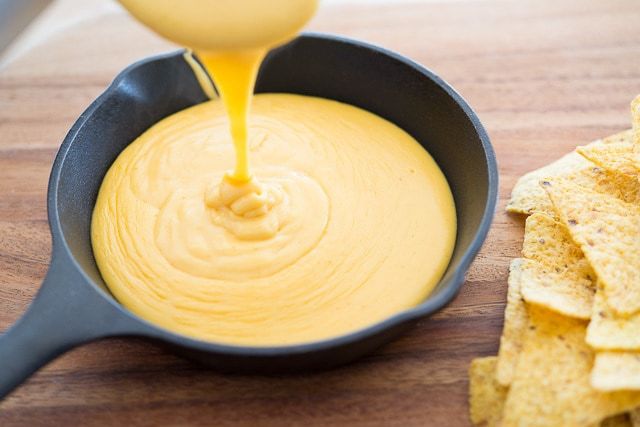
Ripening affects flavour and textureįreshly made cheese usually tastes salty and quite bland, as it is the ageing or ripening period that helps develop flavour. This is different from Brie or Camembert where the mould grows on the outside of the cheese. The mould grows along the veins within the cheese. While aging, the cheese is pierced with fine metal rods to create air channels. Some cheeses have mould culture added during the initial cheese-making process. The very low moisture content of these cheeses makes them more crumbly and good for grating. Very hard cheeses such as Parmesan and Romano are aged longer. The enzyme breaks down the curd during ripening, creating a runny texture and developing the characteristic flavour. Soft, ripened cheeses such as Camembert and Brie have a mould added to the surface, which produces a protein-digesting enzyme. Unripened cheeses, such as cottage cheese and cream cheese, involve little processing, and their flavour tends to be bland. There are two groups of softer cheeses – unripened and ripened.

There’s no distinct boundary between these categories, and some cheeses can move between categories depending on the length of ageing. The moisture content of cheese is one of the most common methods of classifying cheese, and it can vary from very soft to very hard. It has a higher percentage of milk solids so yields more cheese – almost twice that of cows’ milk.

Sheep’s milk is higher in fat and makes a creamy-textured cheese. Goats’ milk has higher water content than cows’ milk so yields less cheese and the cheeses are usually softer. Goats’ milk cheese is white in colour and has a distinctive flavour. While most cheese is made using cows’ milk, milk from other animals, especially goats and sheep, is also used.


 0 kommentar(er)
0 kommentar(er)
